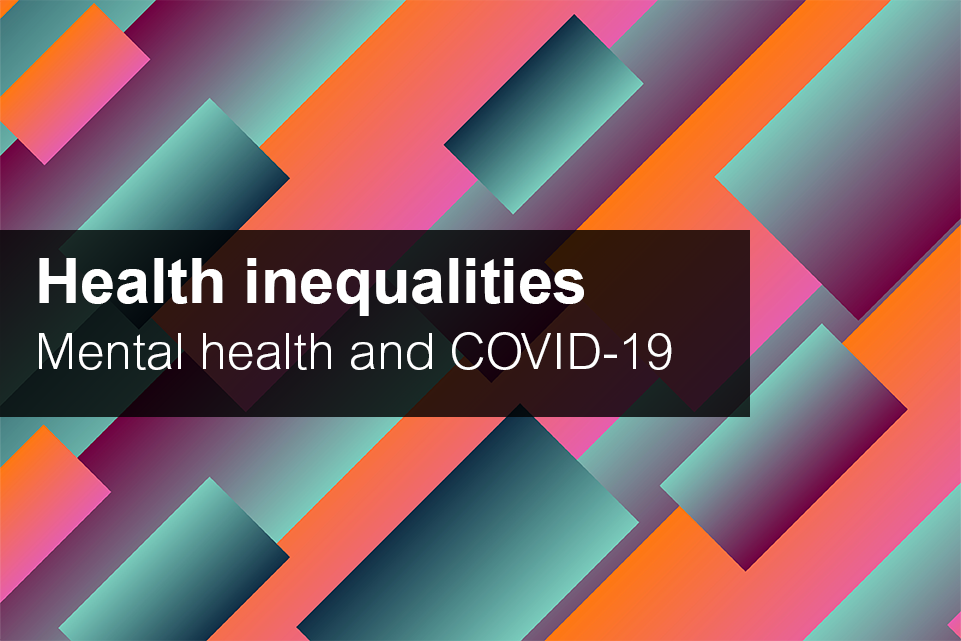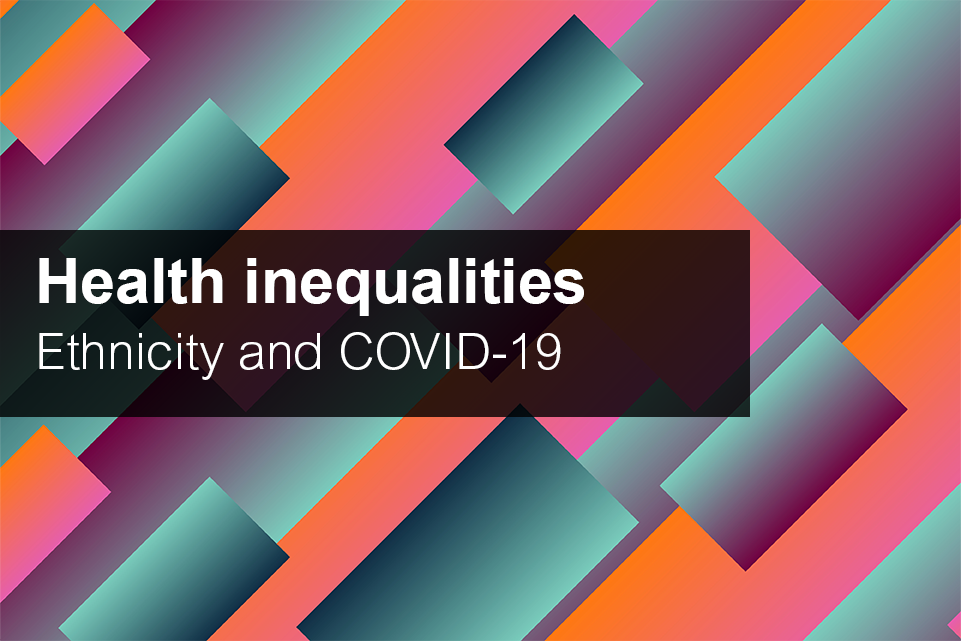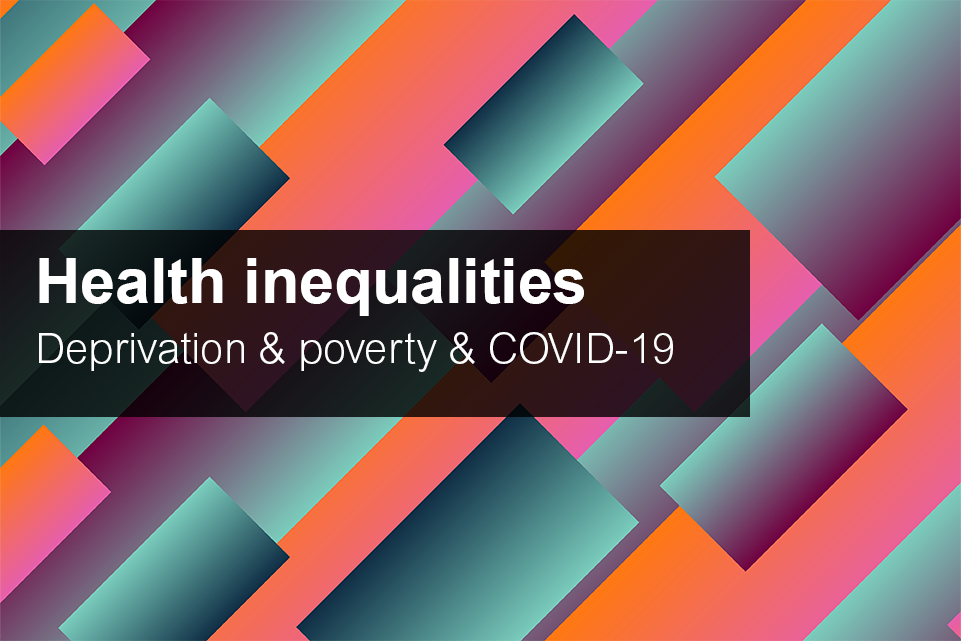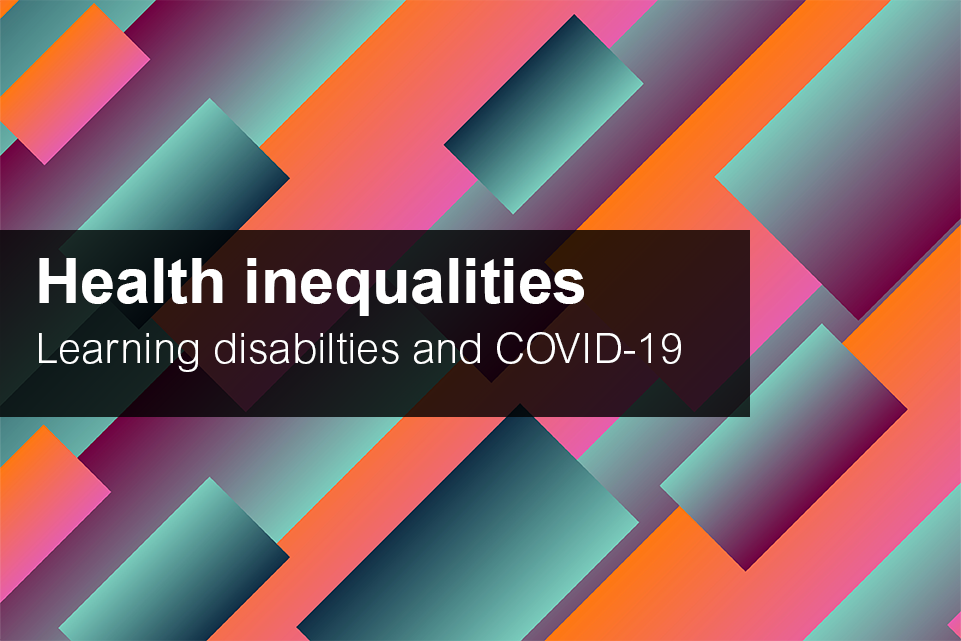Age is a significant risk factor for COVID-19 mortality. This is due in large part to physiological changes that come with ageing.
This forms part of the LGA’s A Perfect Storm report, published April 2021.
Age
Compared to people under 40 years old, the chances of dying from COVID-19 are 70 times higher for those aged over 80 and 50 times higher among those aged 70-79 (COVID-19: review of disparities in risks and outcomes). Older people are more likely than younger people to have underlying health problems. High risk conditions include chronic neurodegenerative diseases such as dementia, cardiovascular diseases and diabetes. For this reason, older people have been urged to stay at home during the pandemic, a restriction which has had its own effects on their health.
Long periods of time often spent alone with no social interaction has taken its toll on their mental and physical health. Days seemingly without purpose or structure have led to an increase in reports of confusion and cognitive decline, particularly among those already diagnosed with dementia (The impact of COVID-19 to date on older people’s mental and physical health).
While age is its own inequality, a survey by Age UK reported that older people from more disadvantaged socioeconomic backgrounds have been more severely affected, both mentally and physically. Some older people in the survey said that their personal circumstances, such as not having a garden or space or experiencing financial worries on top of the pandemic, made their experience of lockdown much more challenging
For many, the absence of daily walks or trips to the shops, clubs or places of worship has led quite quickly to deconditioning, muscle weakness, and joint pain and added to the burden of loneliness felt by many older people.
Life has been extremely difficult for those older people in care homes where the impact of coronavirus exposed their vulnerability to the disease and led to a sharp increase in deaths. The subsequent enforcement of strict rules restricting visits from family and friends to protect against the disease has often extended the loneliness of those in the later stages of life.
The virus is having dramatically different effects on different generations. While older people are much more likely to get severely ill, younger people are taking a much worse economic hit. Their education and employment opportunities have been severely altered and curtailed.
Correspondence in The Lancet in December, noted that there was already an intergenerational crisis brewing pre-COVID-19 in terms of access to education, employment, housing and pensions and ‘recognition that unsustainable consumption by current generations will harm future ones’. COVID-19 has exacerbated all of this and it will be a key part of recovery to listen to the needs of younger people and provide appropriate support and investment in jobs, housing and education (Time to rethink generational justice).
Although minority ethnic groups in England have young age structures relative to the whole population, historic migration patterns mean that there are substantial and increasing numbers of older people from minority ethnic groups, including settled migrants and British-born individuals now aged over 55 years.
Long COVID, which is recognised as a syndrome of longer-term effects on the health of some people who have had COVID-19 is beginning to be of concern for all age groups. The effects of long COVID will lead to new inequalities for people and exacerbate existing disparities.
Gender
COVID-19 has impacted men and women in different ways, both in terms of the disease itself and the restrictions imposed. According to a study by Centers for Disease and Control (CDC), whilst men are more likely to be infected with COVID-19 and more likely to die from it than women, it is women who are arguably affected most by lockdown restrictions (Men and Covid-19: a biopsychosocial approach to understanding sex differences).
The CDC study reports that the intersection of age and gender shows that despite acknowledgement by older men of their higher risk of COVID-19 compared to younger men, they made the fewest behaviour changes across age and gender groups.
Just as COVID-19 has exposed the health inequalities we knew were there, so it has exposed other problems that were often neglected and are a part of the health inequalities picture. Men’s health is one of these. A CDC study of men and COVID-19 found that more men than women have died of COVID-19 in 41 of 47 countries, although no apparent gender differences exist in the number of confirmed cases. While biology may play a part in this mortality – men and women differ in their genetic makeup, immune responses and hormones – it does not fully explain the difference in the disease’s impact. Understanding biological differences is important for developing treatments but in terms of prevention, it is the factor we can do least about.
The CDC study looks at the biological and psychosocial factors that affect men’s health and how these factors may intersect. It reports that a multinational health research database showed that among 14,712 male and female patients with confirmed COVID-19, men were older, were more likely to be hospitalised, and had a higher prevalence of hypertension, diabetes, coronary heart disease, obstructive pulmonary disease, nicotine dependence, and heart failure.
Men are known to engage in more high-risk behaviours than women and it is no different when it comes to coronavirus. The CDC study reports that a survey conducted early in the pandemic found that men were more likely to downplay the seriousness of the pandemic, less likely to avoid large public gatherings or close physical contact.
The study found that men also tend to have lower rates than women of handwashing, social distancing, wearing masks, and effectively and proactively seeking medical help. The latter has long been recognised as an obstacle in engaging men in seeking help for health problems.
According to a study by Public Health England (PHE)1 the disparities between older and younger; men and women, in relation to COVID-19 still exist after taking ethnicity, deprivation and region into account, but they do not account for the effect of comorbidities or occupation, which may explain some of the differences.
Occupation is often related to gender. It is also related to COVID-19 – with many key workers, both men and women at greater risk of contracting the disease because their jobs bring them into close proximity with others. The Office for National Statistics (ONS), in a recent analysis, assigned COVID-19 risk level to occupations according to proximity to people and likelihood of exposure (ONS coronavirus (Covid-19) related deaths by occupation. England and Wales: deaths registered between 9 March and 28 December 2020).
Among men - security guards (and related occupations) and healthcare workers had the highest mortality rates even when age was taken into account. Among women – nurses, care workers, national government administrative occupations and sales and retail assistants were identified as having high age-standardised mortality rates.
Closer to home, a report by the Institute for Fiscal Studies found that mothers in the UK were 15 times more likely than fathers to have either quit their job or lost it during the lockdown. Overwhelmingly it is they who are providing the majority of childcare and home schooling; running households that are now full of family members all day, whilst also working.
According to the UN (The impact of COVID-19 on women) women may be at less risk of dying form COVID-19 but they have borne the brunt of its impact through formal and informal work and care. They work in traditional ‘female’ occupations, which are underpaid compared to other sectors, including nursing, care work and teaching; occupations that bring them into contact with COVID-19 or because they are more likely than men to have less stable employment and may be more likely to reduce their work hours or give up work in order to care for children at home and home schooling.
The UN policy briefing states: ‘Across the globe, women earn less, save less, hold less secure jobs, are more likely to be employed in the informal sector. They have less access to social protections and are the majority of single-parent households. Their capacity to absorb economic shocks is therefore less than that of men.’
A Lancet report, The indirect impact of COVID-19 on women, on the indirect impact of COVID-19 on women noted that the 2020, UN Secretary-General António Guterres said that “COVID-19 could reverse the limited progress that has been made on gender equality and women's rights.”
An ONS study of the different effects of coronavirus on men and women (ONS Coronavirus (COVID-19) and the different effects on men and women in the UK, March 2020 to February 2021) found that while more men died from COVID-19, women’s wellbeing was more negatively affected. Women were more likely to be furloughed and to spend significantly less time working from home and more time on unpaid household work and childcare. Roughly equal numbers of men and women (86 per cent) cited the coronavirus pandemic as their reason for working from home in April 2020. Over time, men contributed less and less to unpaid work in the household, with women picking up the shortfall.
Outside of the home, women are the predominant gender working in care homes where PPE was not sufficiently provided at the start of the pandemic. In addition, PPE is designed by default for men.





